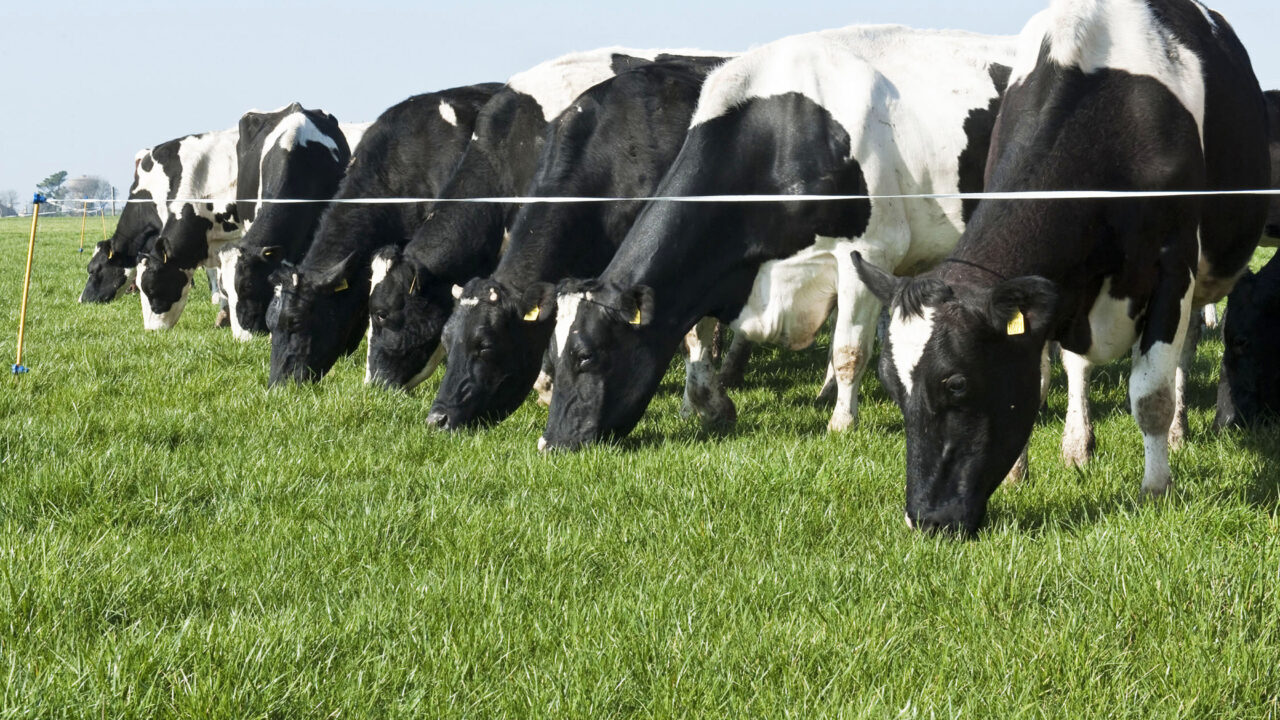With grass growth expected to rapidly accelerate, senior advisors at the College of Agriculture, Food and Rural Enterprise (CAFRE) are advising farmers to make sure they manage this boom in growth carefully.
Senior technologists Dr. Norman Weatherup and Martin Mulholland said that once swards get out of control, quality can be adversely affected for the rest of the grazing season.
Here are their six tips:
Establish and maintain a grass wedge
Budget carefully and walk swards regularly, as conditions can – and will – change rapidly at this time of the year.
One potential risk is having a ‘flat wedge’, the pair warned. In this scenario, fields have all been tightly grazed and are all at the same low cover.
While it may be tempting to let swards grow on, and harvest them along with the main first cut, this simply creates another ‘flat wedge’ later in the summer.
Staggering grass use
Taking some silage as round bales allows a staged approach to be taken. This is more flexible if weather conditions deteriorate again and allows fields to be returned to grazing over a period of time.
On the other hand, there may be a situation where excess grass is developing as – in some cases – field conditions have not permitted grazing during times of high growth. It is important to have suitable stock ready to turn out as soon as possible.
Stocking
Start grazing heavier covers with youngstock as soon as possible.
Lighter youngstock are ideal for this, as they are less likely to cause poaching damage.
Ideally, heavier covers should be block-grazed so that smaller areas can be grazed out cleanly and stock can be moved on before ground is damaged.
Try on-off grazing
Practice on-off grazing if facilities and stock groups permit.
Dairy cows are ideal for on-off grazing. Cows can eat almost all of their full day’s allocation of grass in two three-hour blocks per day. This also limits time spent in the field and reduces opportunities for poaching.
Vaccinate
Ensure all vaccination programmes are up-to-date.
There is some variation between products in the minimum age of first administration. In addition, this may also vary with the vaccination status of the dam, so it is important to carefully follow all instructions.
Monitor herd health
Monitor stock closely and seek veterinary advice if necessary.
Further veterinary issues that can occur after turnout include: grass tetany; cold cow syndrome; and delayed white muscle disease following vigorous exercise.
Stockmanship at turnout is important to identify any clinical cases early, so that veterinary advice or intervention can be sought promptly.
Fluke may also be an issue for concern given the prolonged wet weather.
